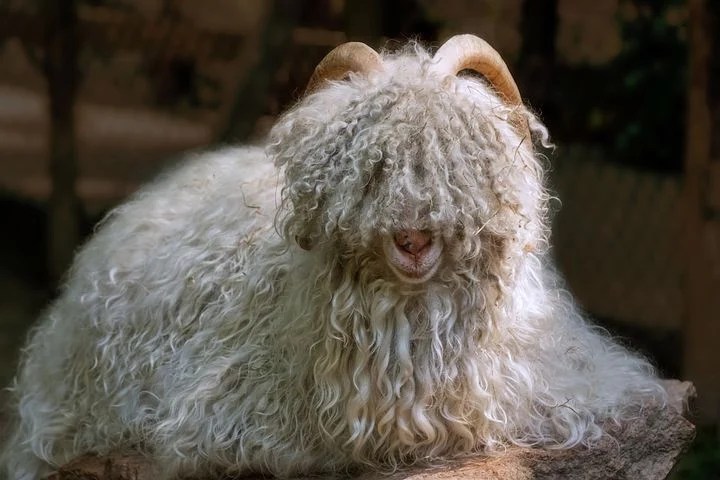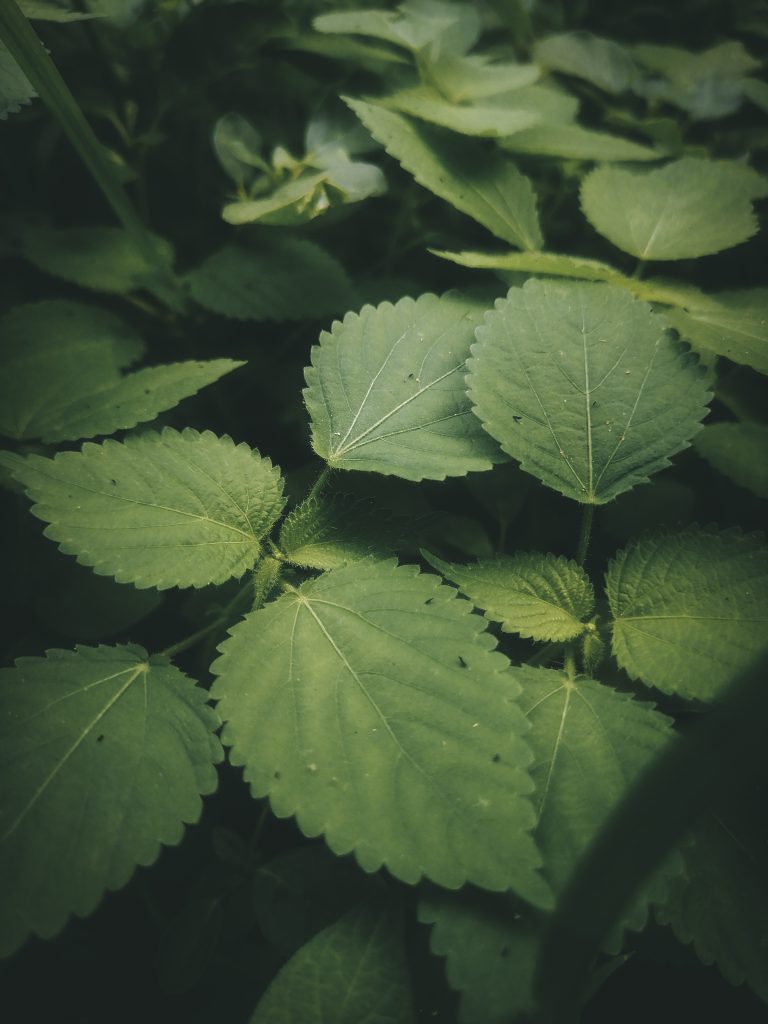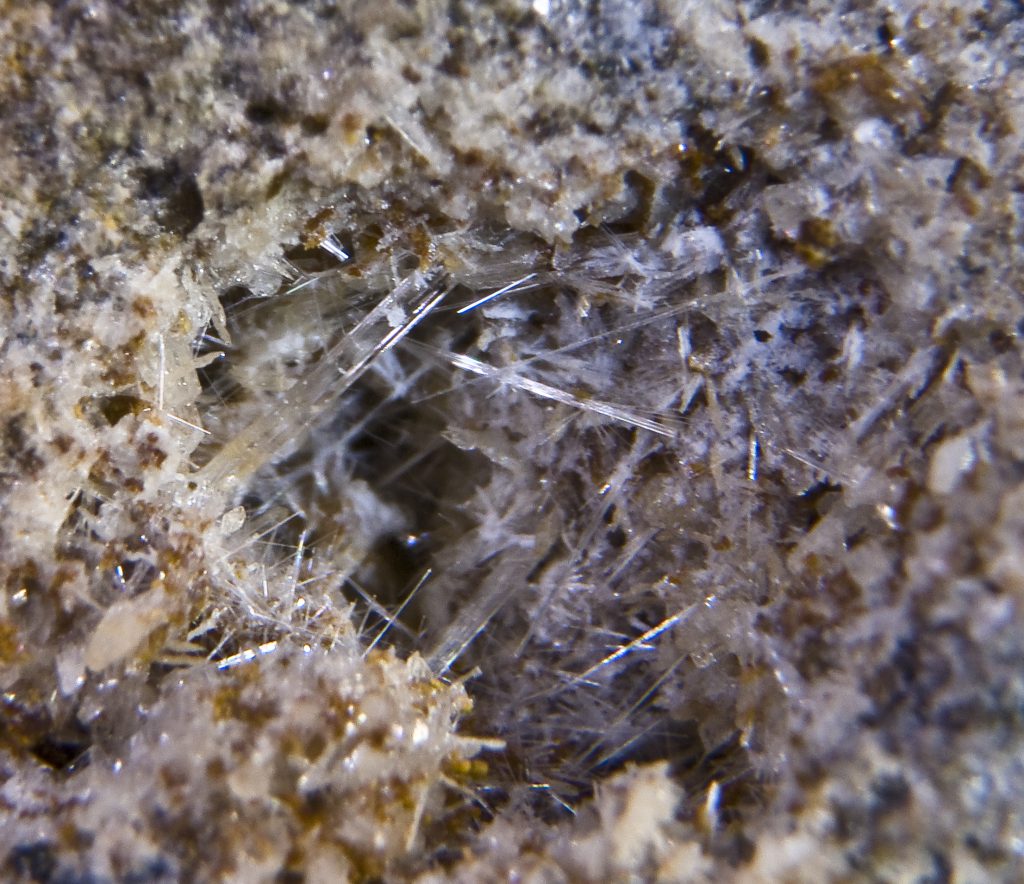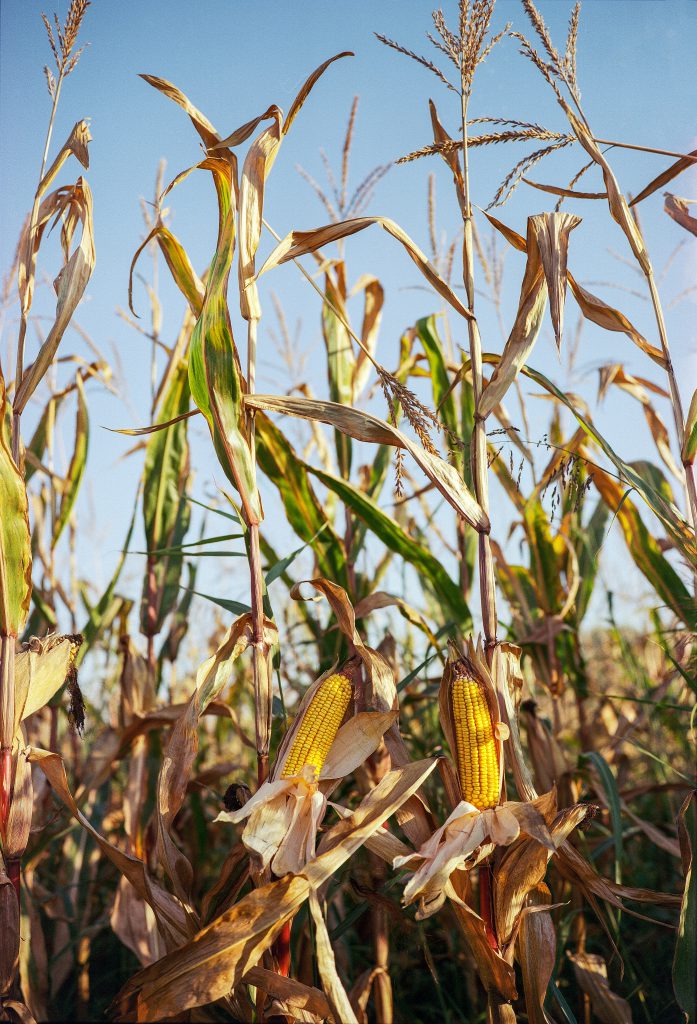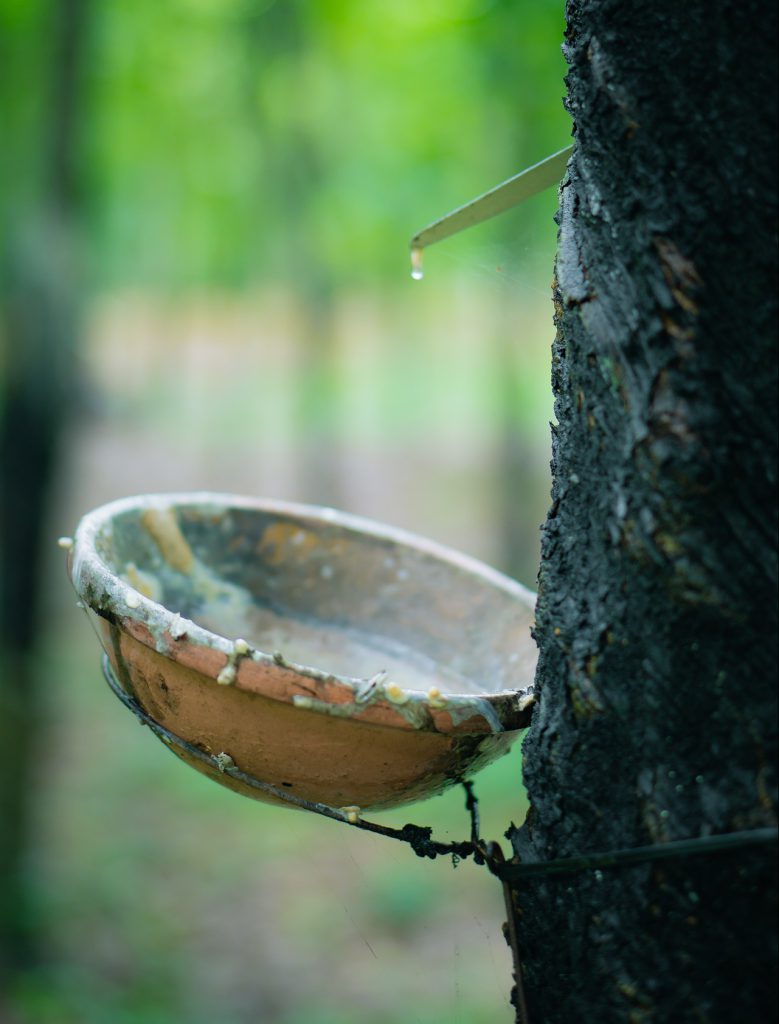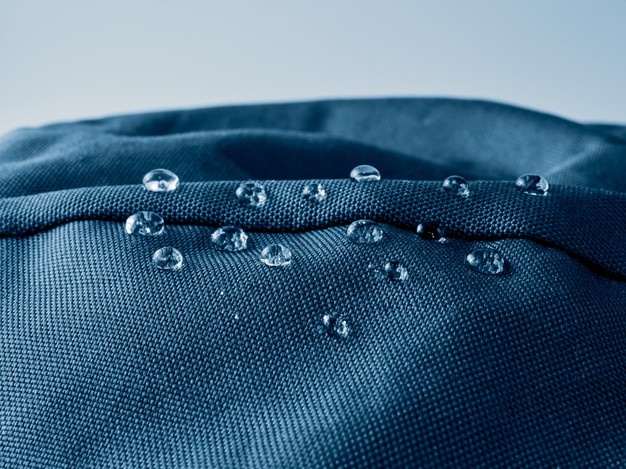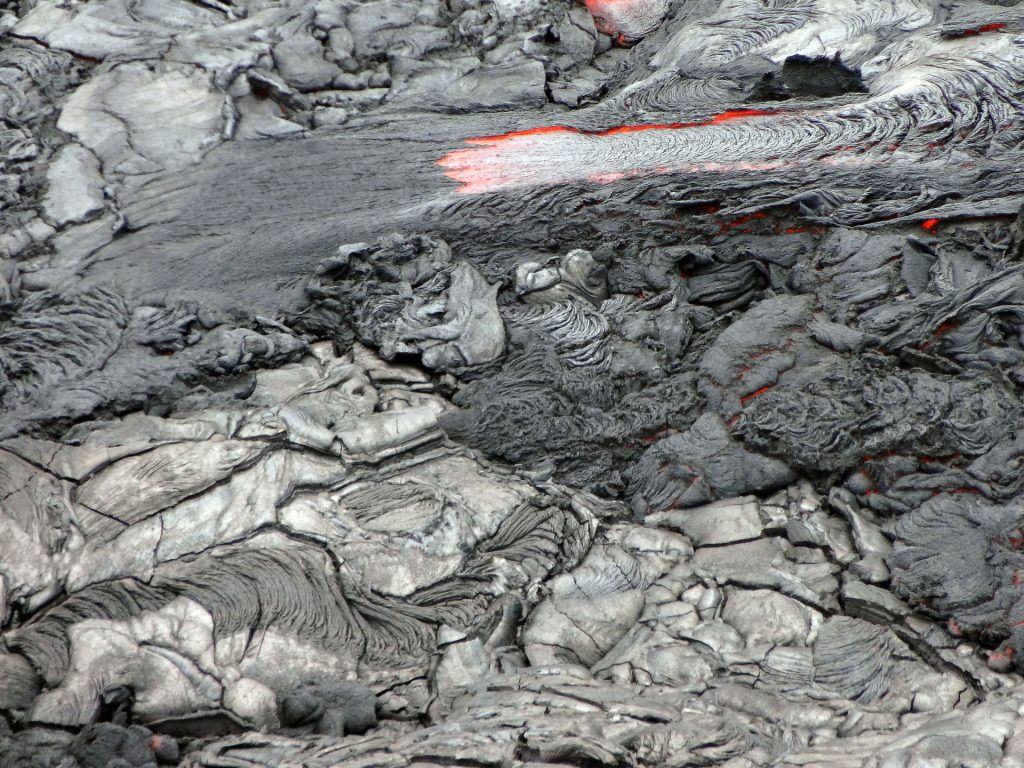Proteinic artificial
Artificial fibers are a chemical modification of natural elements.
It allows to obtain a continuous filament, whose diameter depends on the spinnerets used during the extrusion. This type of yarn is mainly used in the clothing industry or for light fabrics. The result is a light, shiny, fluid, soft, skin-friendly and absorbent fabric.
Protein artificial fibers are defined by the high concentration of protein in their composition. Protein is a complex molecule of amino acids, it is the essential constituent of organic matter and living beings (animals, dairy products, cereals, algae, etc.). Proteins have interesting characteristics of cellular renewal, antibacterial and hydrophilic.
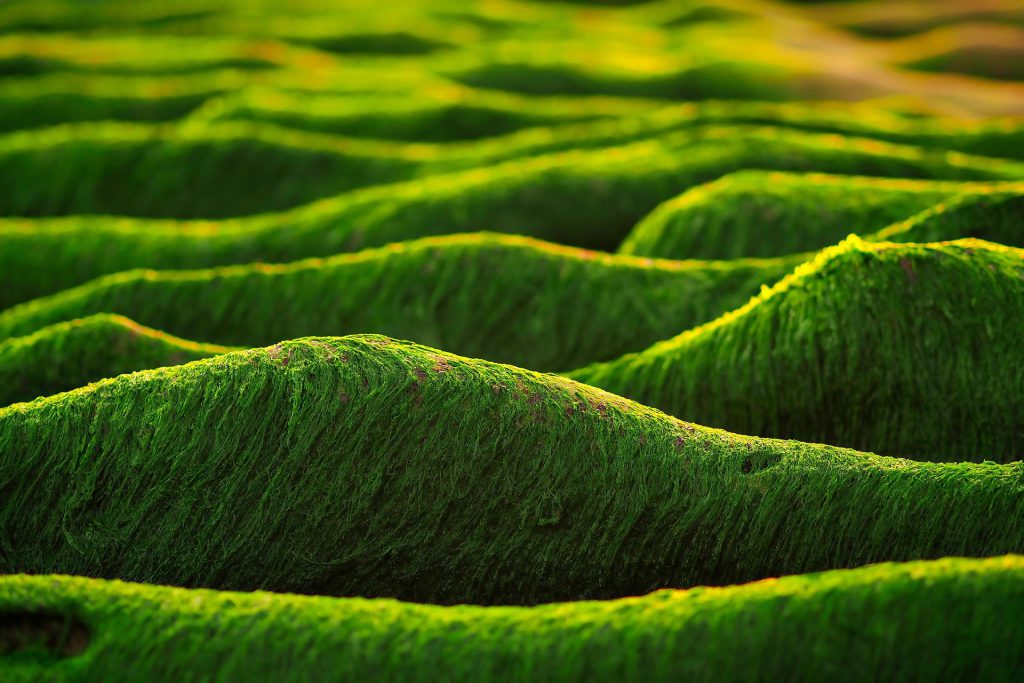
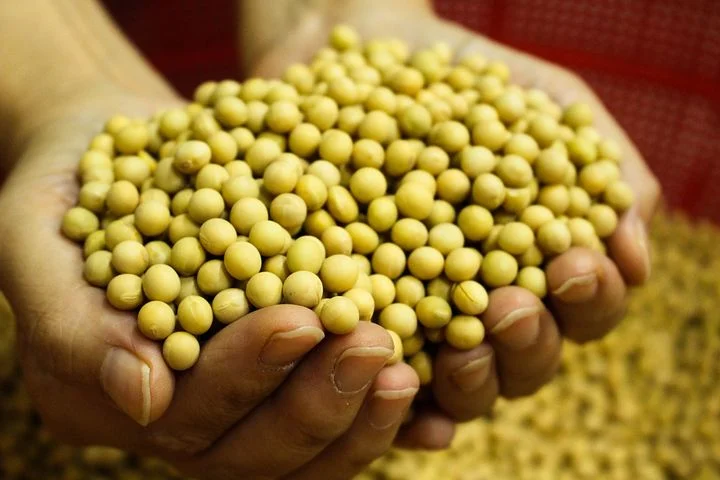
Soybean
- Origin :
Artificial protein fiber, soybeans are liquefied and then wet extruded. The raw material comes from the residues of the food industry.
- Culture :
The cultivation of soybeans results in the depletion of the soil, the use of many GMO’s and chemical products as well as a lot of water.
- Location :
USA, Brazil, Argentina.
- Fibers :
Fine and long fibers, from 6 to 25 cm in length and 20 µ in diameter.
- Use :
Clothing (high-range), household linen, lace
- Features :Soft, brilliant, silky, hydrophilic, antibacterial, thermoregulating, comfortable, antiUV, easy care, wrinkle-free, moisturizer, light, biodegradable
- Weaknesses :
Pollutant
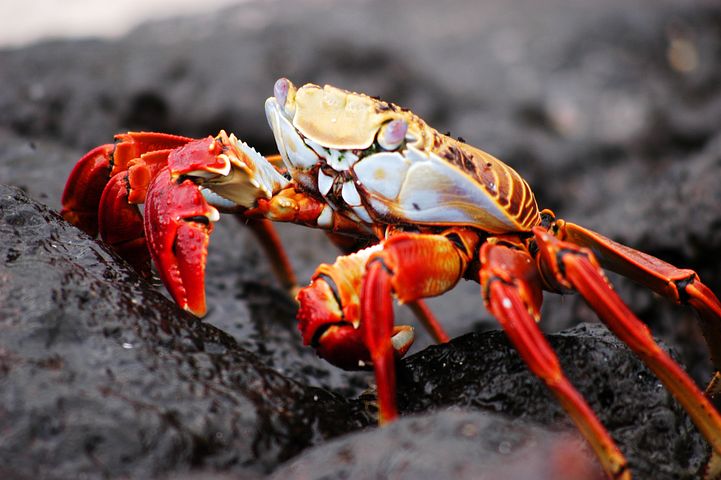
Chitosan or Crabayon
- Origin :
Artificielle protein.
- Implementation :
Made from chitin, present in the shells of crustaceans, squid and mushroom walls from food industry waste reduced to powder and mixed with viscose to be extruded into filament.
- Location :
Japan, Iran, Indonesia, China, Germany, Bangladesh.
- Filaments :
Continuous filaments with variable diameter.
- Use :
Clothing, medical, sportswear.
- Features :Hydrophilic, comfortable, antibacterial, antifungal, promote healing, hypoallergenic, biodegradable
- Weaknesses :
Heavy process using many chemicals.
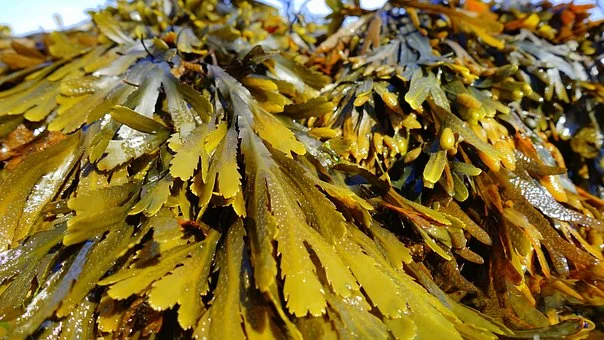
Seacell®
- Origin :
Artificial protein.
- Implementation :
It is produced from Icelandic brown seaweed. Implemented with the Lyocell process (ecological).
- Location :
Austria (filaments), Italy, Iceland (algae culture).
- Filaments :
Continuous filaments with variable diameter.
- Use :
Clothing, underwear, sportswear, medical.
- Features :Moisture evacuation, breathable, hydrophilic, wrinkle-free, anti-inflammatory, calms itching, healing, slows down skin aging, antibacterial, soft, ecological, biodegradable, thermoregulating
- Weaknesses :
Poor washability.
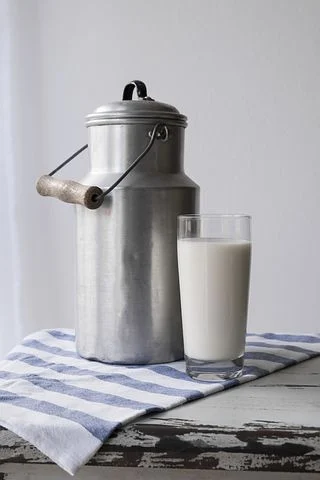
Milk fiber or Qmilk®
- Origin :
Artificial protein.
- Implementation :
It is made from milk casein. The process is similar to that of viscose, the casein is immersed in an acid bath, extruded and coagulated. This process requires little water and energy. The process is very fast.
- Location :
Germany, China
- Filaments :
Continuous filaments with variable diameter.
- Use :
Clothing, underwear, hygiene, household linen, furniture, automotive, medical.
- Features :Soft, warm, elastic, thermal insulation, anti-moth, silky, hypoallergenic, antibacterial, thermoregulating, antiUV, fireproof, flame retardant, resistance to chemical agents, hydrophilic, biodegradable
- Weaknesses :
Can only be used in blends.
